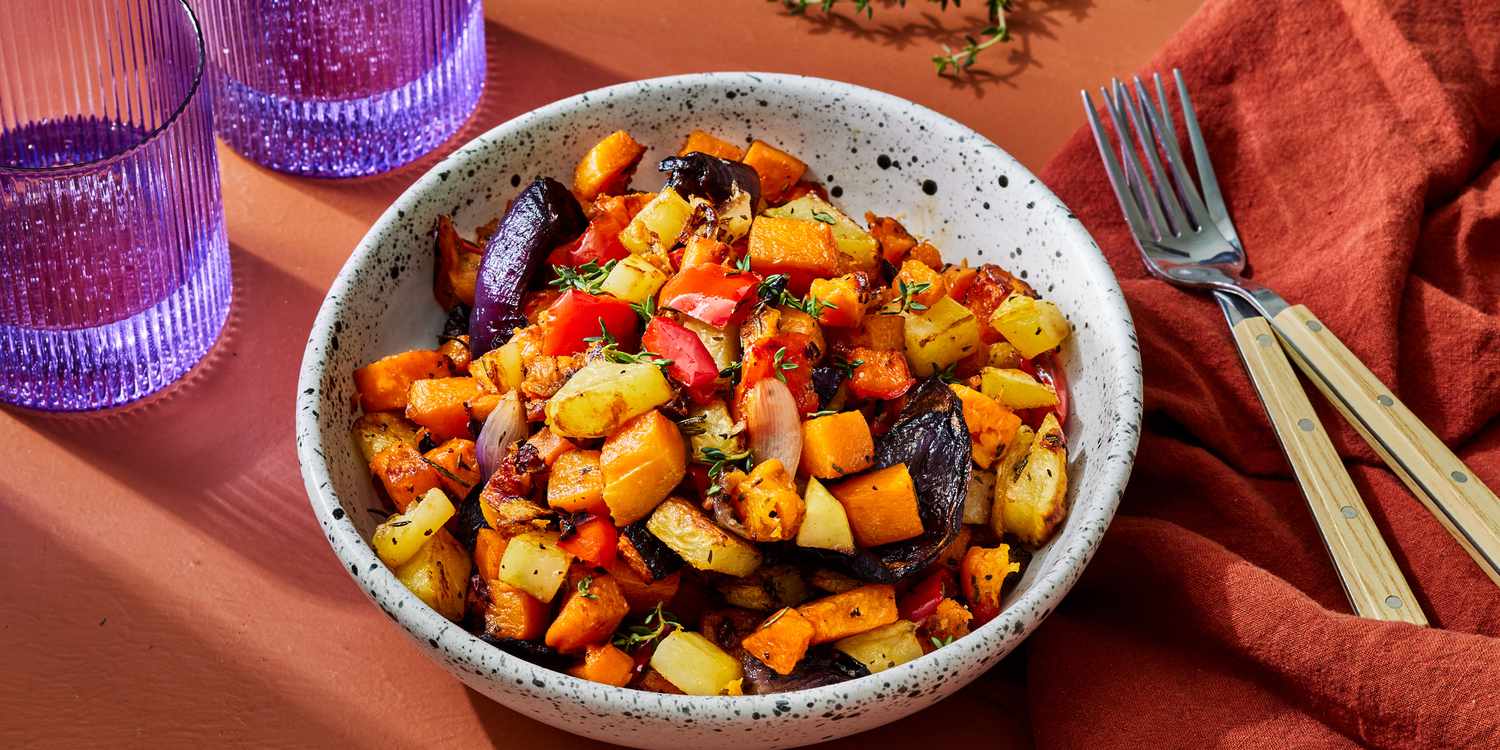Black garlic—soft in texture, dark as night, and sweetly savory—brings a sophisticated flair to any dish. While available year-round, its umami punch can truly shine when paired thoughtfully with fresh, seasonal ingredients. Whether it’s crisp asparagus in spring, juicy tomatoes in summer, hearty squash in autumn, or comforting roasts in winter, black garlic has a way of enhancing flavors to create memorable meals. Here’s how you can use black garlic across the seasons:
Spring: Black Garlic & Asparagus
Why It Works
In spring, tender asparagus stalks burst onto the scene, adding a bright, fresh taste to our plates. Black garlic’s deep, caramel-like quality contrasts beautifully with asparagus’s mild, grassy notes. The combination creates a flavor balance that is both light and satisfying.
How to Use It
-
Black Garlic Butter: Mash a few cloves of black garlic into softened butter. Spread it over roasted or grilled asparagus and finish with a sprinkle of coarse salt.
-
Pasta Primavera: Toss blanched asparagus pieces with a lemony pasta sauce, then stir in finely chopped black garlic right before serving for a subtle umami boost.
-
Asparagus Soup: After puréeing a simple asparagus soup, swirl in black garlic purée or paste for a velvety finish.
Summer: Black Garlic & Tomatoes
Why It Works
Summer tomatoes are sweet, juicy, and full of sunshine. Black garlic’s natural sweetness and tangy undertones make it the perfect companion for ripe tomatoes, whether you’re cooking them or enjoying them raw.
How to Use It
-
Caprese Twist: Swap fresh garlic for black garlic in a traditional Caprese salad. Slice tomatoes and mozzarella, then drizzle with extra virgin olive oil, balsamic vinegar, and mashed black garlic for a gourmet twist.
-
Tomato Bruschetta: Spread black garlic paste on toasted bread and top with diced summer tomatoes, basil, and a drizzle of olive oil.
-
Rustic Sauce: Simmer chopped tomatoes, black garlic, onions, and herbs for a quick sauce that pairs wonderfully with pasta or grilled vegetables.
Autumn: Black Garlic & Squash
Why It Works
As the weather cools, pumpkins, butternut squash, and other hearty gourds step into the spotlight. Their earthy sweetness and creamy texture pair seamlessly with the rich, molasses-like flavor of black garlic.
How to Use It
-
Roasted Squash: Slice squash into cubes, drizzle with olive oil, then roast until tender. Midway through, add black garlic cloves to the pan—allowing the flavors to meld and the garlic to soften further.
-
Soup & Stews: Autumn is soup season! Blend black garlic into squash soups for a silky mouthfeel and a complex flavor profile. Top with toasted pumpkin seeds.
-
Vegetarian Main: Stuff acorn squash halves with sautéed mushrooms, black garlic, spinach, and grains (like quinoa), then bake until golden for a hearty, plant-based meal.
Winter: Black Garlic & Roasts
Why It Works
Colder months call for comforting, slow-cooked meals—roasts that fill the kitchen with enticing aromas. Black garlic can amplify those cozy, savory notes, thanks to its deep, almost meaty sweetness.
How to Use It
-
Roast Rub: Combine black garlic paste with herbs like rosemary, thyme, or sage, and a bit of olive oil to form a fragrant rub for beef, pork, or lamb before roasting.
-
Pan Sauces & Gravies: After roasting, deglaze the pan with stock or wine, then mash in black garlic to thicken and flavor the sauce. Whisk until smooth to create a luxurious finish.
-
Slow Cooker Stews: Add black garlic cloves to your favorite stew recipe for a subtle sweetness that elevates root vegetables, onions, and braised meats.
Tips for Using Black Garlic All Year Round
-
Puréed Convenience: Keep a jar of black garlic paste on hand for quick additions to dressings, marinades, and sauces.
-
Mind the Heat: Black garlic can lose some of its nuanced flavor when exposed to prolonged high heat. Add it later in the cooking process or use it as a finishing touch.
-
Experiment Freely: Its sweet-meets-savory nature complements a variety of ingredients—even beyond seasonal produce. From eggs and mushrooms to grains and cheese, black garlic’s versatility knows no bounds.
Conclusion
Incorporating black garlic into your seasonal cooking can transform everyday dishes into gourmet experiences. Whether you’re brightening up spring’s asparagus, capturing the essence of summer tomatoes, enriching autumn’s squash, or adding depth to winter roasts, black garlic is a culinary ally for all seasons. Don’t be afraid to experiment and enjoy the endless possibilities this unique ingredient can bring to your table.
Have a favorite black garlic and seasonal produce pairing? Drop your suggestions or recipes in the comments—let’s share the delicious inspiration!

Comments (0)
No comments yet. Be the first to comment!